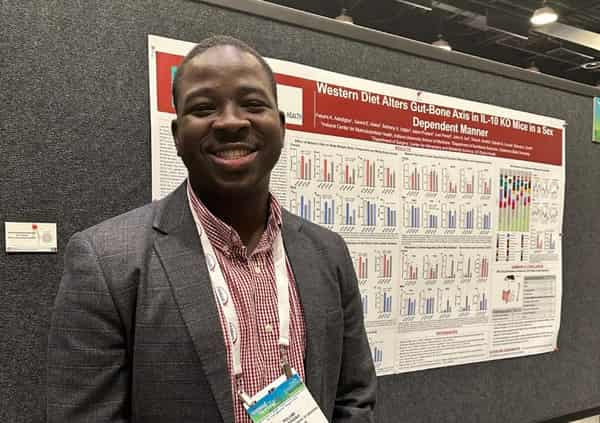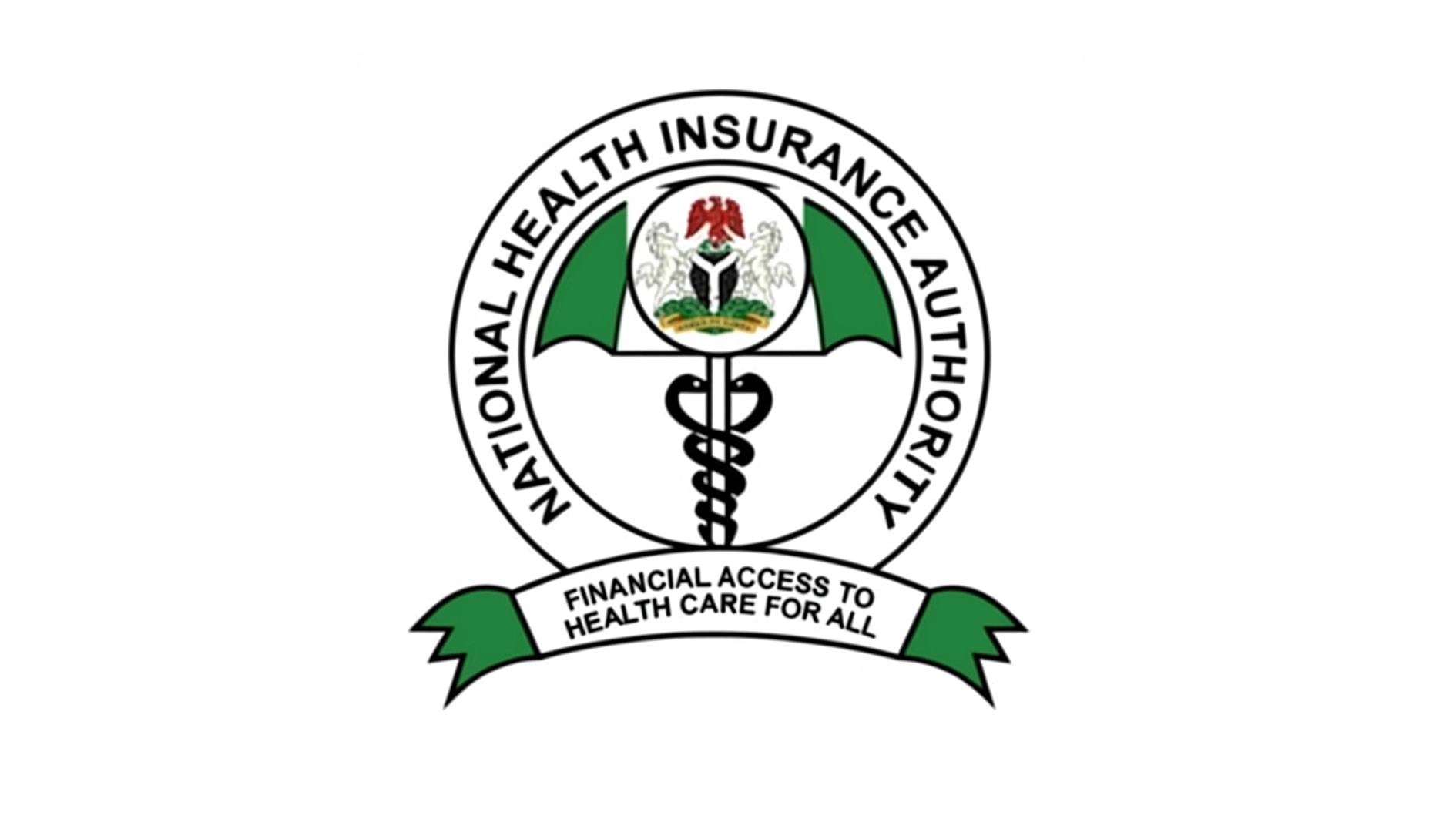Academic conferences and research presentations remain vital platforms for sharing original scientific work, fostering collaboration, and advancing knowledge across disciplines. Whether local, national, or international, these gatherings allow researchers to present new findings, receive peer feedback, and engage with cutting-edge developments in their fields.
In the United States, conferences are deeply embedded in the research ecosystem. They are well funded, highly specialised, and often hosted by professional societies or major universities. In Nigeria, while the culture of academic conferences is growing, challenges of funding and visibility persist. Yet scholars are increasingly using these forums to spotlight indigenous research and build global partnerships.
Despite differences in scale and resources, conferences in both contexts serve the same essential purpose: validating research, building reputation, and shaping the future of science. This reality was evident at the world’s largest bone research meeting, reported on 13 November 2024 by Andrea Zeek, where Indiana University made a strong showing with more than 40 researchers presenting their work. Among them were 31 scientists affiliated with the Indiana Centre for Musculoskeletal Health at the IU School of Medicine, who showcased cutting-edge studies on bone biology and related pathways.
Among these was a compelling poster by Nigerian-born scientist Pelumi Adedigba, titled “Fructooligosaccharide Promotes Bone Formation and Mineralisation Coincident with Alterations in PPARγ/WNT Signalling, Calcium Homeostasis and T-cell Biology.”
His research deciphers what he calls “The Gut-Bone Code,” demonstrating how fructooligosaccharides, prebiotics abundant in common foods like onions and bananas, foster skeletal strength by influencing gut health, signalling cascades, calcium regulation, and immune functions.
Inspired by his upbringing in Nigeria, where equitable healthcare remains elusive for many, Adedigba’s work embodies a quest for accessible interventions, offering new hope for enhancing bone health in resource-limited settings and globally.
The science is elegant and profound. Fructooligosaccharides (FOS), naturally abundant in foods deeply rooted in Nigerian cuisine—onions, bananas, and other plant-based staples—act as prebiotics, essentially feeding beneficial bacteria in our gut. When these bacteria ferment FOS, they produce short-chain fatty acids that trigger molecular signals throughout the body.
Specifically, these fatty acids alter PPARγ (peroxisome proliferator-activated receptor gamma) signalling pathways, molecular switches that determine whether stem cells differentiate into bone-building osteocytes or accumulate as fat. By shifting this cellular fate toward bone formation rather than fat accumulation, Adedigba’s research demonstrates a biochemical mechanism through which traditional Nigerian foods promote skeletal strength.
What makes Adedigba’s work particularly compelling is its origin story. Inspired by his upbringing in Nigeria, where equitable healthcare remains a persistent challenge and where many communities lack access to expensive pharmaceutical interventions, Adedigba’s research embodies a quest for accessible, food-based solutions to bone health challenges.
Rather than developing expensive drugs, his work suggests that nutritional interventions using foods already present in Nigerian markets and kitchens could fortify bone health across populations. For a nation where osteoporosis and bone-related complications disproportionately affect ageing populations and where healthcare costs burden families, this discovery carries profound implications.
This work is situated squarely at the intersection of bone health and nutrition, bridging two fields that have increasingly converged in recent decades. Bone health traditionally focuses on factors like mechanical loading, hormonal regulation, and mineral density to prevent conditions such as osteoporosis, which affects millions globally and leads to fragility fractures. Nutrition, on the other hand, emphasises dietary inputs for overall metabolic support.
Adedigba’s findings illuminate the “gut-bone axis,” a bidirectional communication pathway where gut microbiota, modulated by prebiotics like FOS, influence remote skeletal tissues. Specifically, FOS fermentation by gut bacteria produces short-chain fatty acids that alter PPARγ signalling, which regulates adipocyte differentiation and can shift stem cell fate toward osteogenesis rather than fat accumulation.
Academic conferences like the ASBMR Annual Meeting serve as critical platforms for disseminating such interdisciplinary insights, fostering collaborations among researchers from institutions like Indiana University’s Indiana Centre for Musculoskeletal Health (ICMH), where Adedigba is affiliated. These events, which featured over 40 IU participants in 2024, including award recipients, oral presenters, and poster sessions, accelerate knowledge exchange, peer review, and the translation of basic science into clinical applications.
This brings us to the broader impact of American research ecosystems, which consistently produce high-output studies that propel economic growth. The U.S. model excels due to robust federal funding (e.g., through the National Institutes of Health and National Science Foundation), world-class infrastructure, and policies that attract international researchers like the Nigerian-born Adedigba, enabling breakthroughs that spawn industries.
For instance, university-led R&D has been shown to generate new sectors, from biotechnology to health tech, creating jobs and boosting GDP—with estimates attributing at least half of America’s postwar economic expansion to scientific innovation. Public investments in research yield massive returns, often 20–30 percent annually in economic benefits, through patents, start-ups, and productivity gains that ripple across healthcare and agriculture.
In contrast to counterparts in less-resourced nations, American institutions fill regional innovation gaps by training talent and fostering ecosystems that convert discoveries like the gut-bone code into marketable therapies or nutritional products, ultimately driving sustained prosperity.
As Nigeria continues building its research capacity and healthcare infrastructure, stories like this demonstrate that the nation’s scientists, working both within Nigeria and at international institutions, are not only advancing global science but are also uniquely positioned to develop solutions tailored to African healthcare contexts.
The message is clear: the path to stronger bones, better health, and disease prevention may well be found in the nutritious foods that grace Nigerian tables daily, and now international science is validating what traditional nutrition has long suggested.






